Healthful ingredients
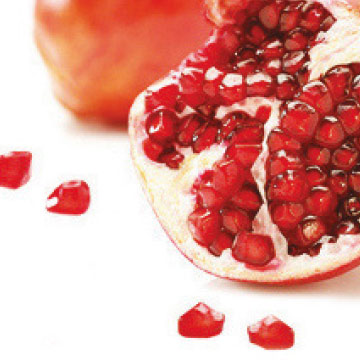
Pomegranate
Punica Granatus
In ancient times, the pomegranate fruit was already held in high regard because of its various beneficial properties. For instance, the ancient Egyptians were aware of the vermifugal properties of the pomegranate root. Modern scientific research has focused on pomegranate juice because of its benefits for the cardiovascular system. Thanks to the presence of rich and valuable natural active substances, pomegranate-based preparations are useful in the prevention of risks and disorders related to the vascular system. Moreover, thanks to its antibacterial, tonic and diuretic properties, the pomegranate contributes to one’s general well-being. A number of experimental studies have so far confirmed that a daily intake of just a few milliliters of pomegranate helps to protect the circulatory system
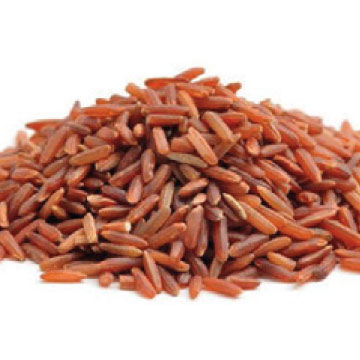
Red yeast rice
Monascus Purpureus
Is produced from the fermentation of rice with monascus purpureus, an Asian fungus of the ascomicetae family responsible for the rice’s characteristic reddish color. Red yeast rice has been used by the Chinese as a medicinal food since 800 A.D. Its therapeutic benefi ts in supporting digestion and stimulating blood circulation were recorded in the traditional Chinese Pharmacopoeia, Ben Cao Gang Mu-Dan Shi Bu Yi from the Ming Dynasty (1368-1644). In traditional Chinese medicine, red yeast rice was used to treat abdominal pain and dysentery, as well as external and internal injuries. Red yeast rice has been used for centuries as a flavor enhancer, a food preservative and a base for the production of alcoholic rice wine
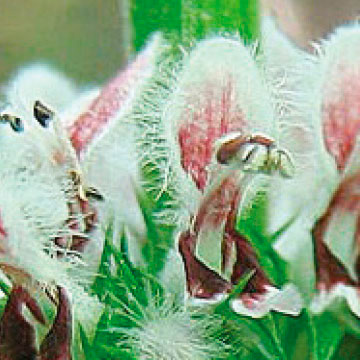
Motherworth
Leonurus Cardiaca L.
Belongs to the Lamiaceae family and has for centuries been thought to possess sedative properties at the cardiovascular and hypotensive levels through emmenagogue and platelet aggregation inhibitor effects. According to recent studies, motherworth is one of the most effective herbal remedies to correct mild heart rate disorders because it promotes hypotension, vasodilatation and a slower heart rate. It is recommended for the treatment of cardiac neurosis and angina because it improves coronary perfusion.
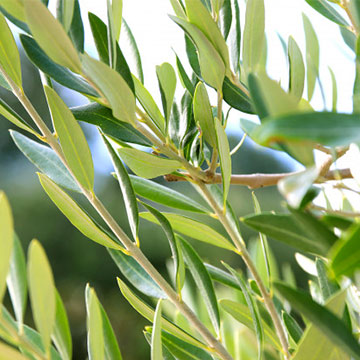
Olive
Olea Europaea L.
The olive tree is rich in a particular substance: Oleuropein, a bitter glycoside particularly present in the foliage. The hydrolysis of Oleuropein generates molecules that are very important for our health: Helenolic Acid, Hydroxytyrosol, Tyrosol and Rutin. The leaves’ve astringent and purifying properties, therefore they’ve a healing effect for all types of inflammation. Olive leaves have a significant hypotensive effect as they’re shown to increase arteries elasticity and thus promote regular blood circulation by counteracting phenomena such as heavy legs and varicose veins. Olive leaf extract has proved to be very useful in regulating blood pressure.
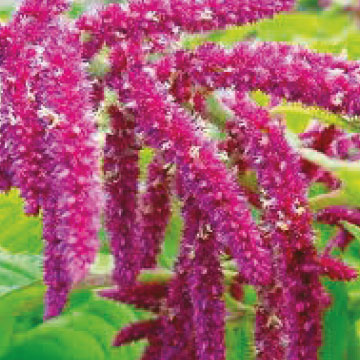
Amaranth
Amaranthus Caudatus L.
Belongs to the amaranthus genus, which includes several species native to Central America, where amaranth has been cultivated since pre-Columbian times. The Amaranthus genus includes about 60 species, but only three are considered suitable for the production of seeds, and of these three the best is the Caudatus. The rediscovery of this seed was disseminated to the general public in 1975 in a botany text published by the US National Academy of Sciences. Amaranthus caudatus is rich in protein (up to 16%) and is a valuable biological agent because it contains high amounts of lysine, an essential amino acid. It is also rich in calcium, phosphorus, magnesium, iron and fiber, all of which promote cholesterol metabolism. It is gluten free and thus suitable for individuals suffering from celiac disease.
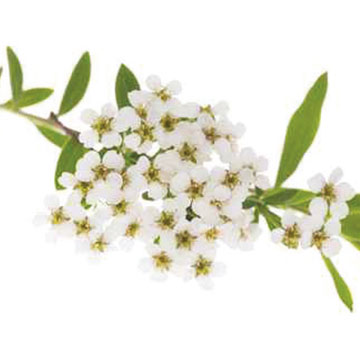
Hawthorn
Phaenopyrum
Is a shrub that grows wild in the temperate zones of the northern hemisphere. Its flowers contain flavonoids and proanthocyanidins. Flavonoids are antioxidants and free radical “cleaners” useful in the prevention of cardiovascular and inflammatory diseases. Hawthorn helps stabilize the frequency of heartbeats and is thus useful to treat angina, as well as other disorders due to hyperexcitability of the heart. It contains tannins and flavonoids, which act on the central nervous system and are useful for patients who suffer from stress or wish to sleep better. Hawthorn helps to combat free radicals and reduces the amount of cholesterol that settles in blood-vessel walls after being oxidized.
Complex OXY3
OXY3™ is a complex of benefi cial substances (red grapes, lycopene, resveratrol) with strong antioxidant properties and free radical scavengers.
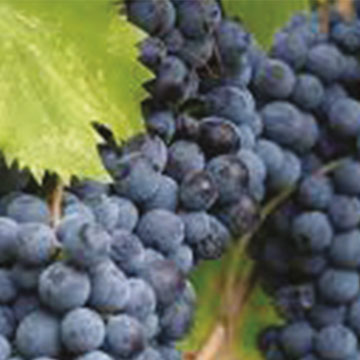
Resveratrol
Is a polyphenol present in many plants that defends them from attack by pathogenic fungi. It acts as a phytoalexin. Resveratrol is a potent antioxidant and free radical scavenger that helps protect the vascular system. It also helps maintain the integrity of blood capillaries and improve peripheral circulation
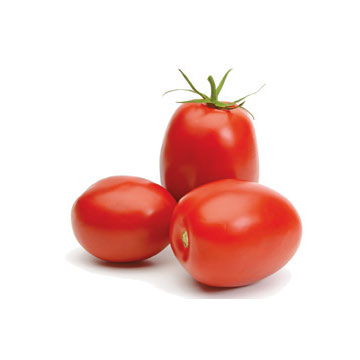
Lycopene
Is an important carotenoid found mainly in tomatoes, to which it gives their characteristic red color. Llicopene is a powerful antioxidant and free radical scavenger that plays an important role in preventing premature aging at the cellular level. It is useful against vascular and degenerative disorders
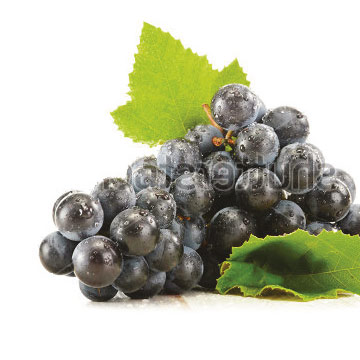
Red grape
Vitis Vinifera L.
Is naturally rich in flavonoids, has a strong antioxidant power, and is the key source of this juice’s multiple virtues. Flavonoids protect antioxidant substances already present in the body from everyday oxidative stress. The main benefit of grape juice is an increased protection of the vascular system due to the juice’s formidable antioxidant power
